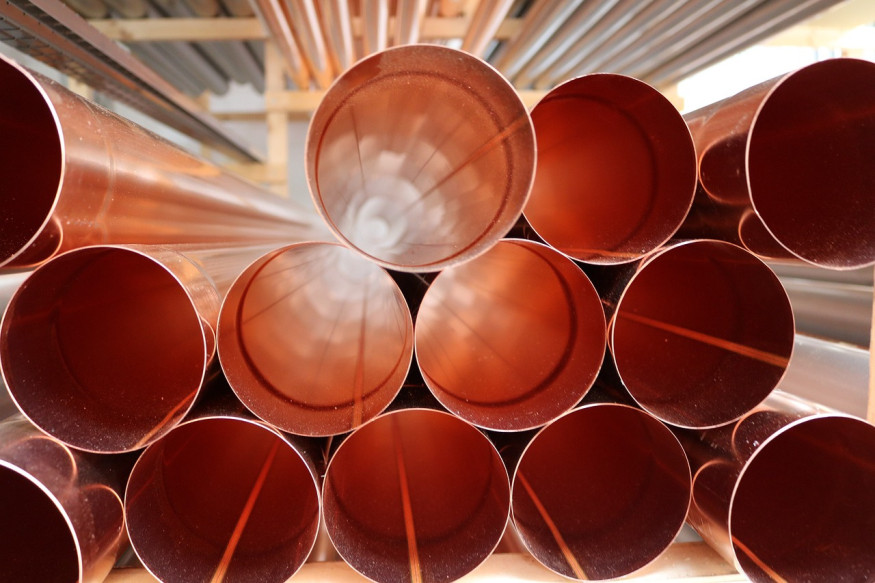The Surge in Copper Prices: Predictions and Market Reactions

The global copper market has been experiencing a significant surge in prices, driven by supply constraints and increasing demand. This trend has caught the attention of investors, industry analysts, and policymakers alike, as copper is needed in various sectors, particularly in the growing fields of renewable energy and electric vehicles. Here are some of the key factors behind the price surge, market reactions, and future predictions for copper prices.
Current Market Dynamics
The copper market is currently facing significant supply challenges, which have been instrumental in driving up prices. Several major copper mines worldwide have been grappling with production difficulties. These issues range from technical problems to labor disputes and regulatory challenges. The reduced output from these mines has tightened the global supply of copper, creating upward pressure on prices.
While established mines face challenges, new copper projects are scarce in order to meet the growing demand. One such project gaining attention is the Warintza Project in southeastern Ecuador, developed by Solaris Resources. In September 2024, Solaris submitted an Environmental Impact Assessment (EIA) for the construction of its Warintza Project, which has total mineral resources of 2.3Bt copper. This milestone represents over three years of community engagement, environmental monitoring, and adherence to international sustainability standards. The project has already seen significant investment, with over US$170 million invested to date, and has become a major source of employment in the region. The Company anticipates the next update on permitting, which is expected with the technical approval of the EIA in H1/25. Projects like Warintza will help address future copper supply needs making it an M&A target, which is why the industry is watching closely for news from copper explorers like Solaris Resources.
Geopolitical factors have also played a role in constraining copper supply. Sanctions against certain copper-producing countries have limited the availability of copper in international markets. This has forced buyers to seek alternative sources, often at higher prices.
Copper inventories in major exchanges and warehouses have been steadily declining. This reduction in readily available copper stocks has further tightened the market, making it more sensitive to supply disruptions and demand fluctuations.
While supply has been constrained, demand for copper has been on the rise. The global push towards renewable energy has significantly boosted copper demand. Copper is an essential component in solar panels, wind turbines, and the electrical infrastructure required for these technologies. As countries accelerate their transition to clean energy, the demand for copper is expected to continue growing.
The rapidly expanding electric vehicle (EV) industry is another major driver of copper demand. EVs require significantly more copper than traditional internal combustion engine vehicles, both in the vehicles themselves and in the charging infrastructure.
As economies recover from the impacts of the COVID-19 pandemic, many countries are investing heavily in infrastructure projects. These initiatives often require substantial amounts of copper, further driving up demand.
Market Reactions
The surge in copper prices has attracted significant investor interest. Many are viewing copper as a potential hedge against inflation and a way to capitalize on the global shift towards clean energy technologies. Copper mining companies have seen their stock prices rise in response to the surge in copper prices. Many are ramping up production and exploring new mining projects to take advantage of the favorable market conditions.
Industries that rely heavily on copper are adapting to the higher prices. Some are looking into alternatives or ways to use copper more efficiently, while others are passing the increased costs on to consumers.
Many analysts predict that copper prices will remain high in the short term, as supply constraints are unlikely to ease quickly and demand continues to grow. Some forecasts suggest that prices could reach new record highs within the next year.
Looking further ahead, the outlook for copper prices remains bullish. The ongoing transition to renewable energy and electric vehicles is expected to drive sustained demand growth. However, this could be tempered by increased mining activity and technological advancements in copper recycling and alternatives.
While the overall outlook is positive, there are potential risks that could impact copper prices:
- Economic slowdowns in major copper-consuming countries
- Technological breakthroughs that reduce reliance on copper
- Unexpected increases in copper production or the discovery of new deposits
The surge in copper prices reflects a market grappling with supply constraints and robust demand growth, particularly driven by the global transition to clean energy. While short-term volatility is likely, the long-term outlook for copper remains strong. As the world continues to electrify and decarbonize, copper's role as a critical material is set to grow, potentially supporting elevated price levels for years to come and supporting the case for further investment in new mining projects and M&A opportunities like the Warintza Project.
Copyright © MoneyTimes.com












